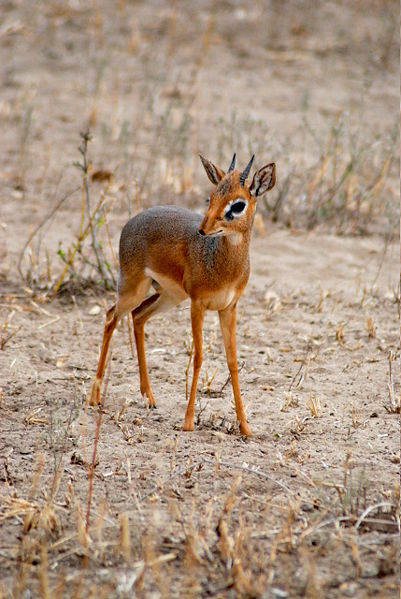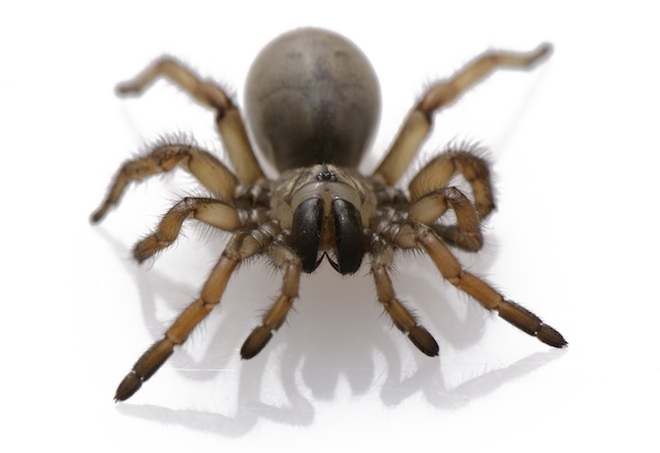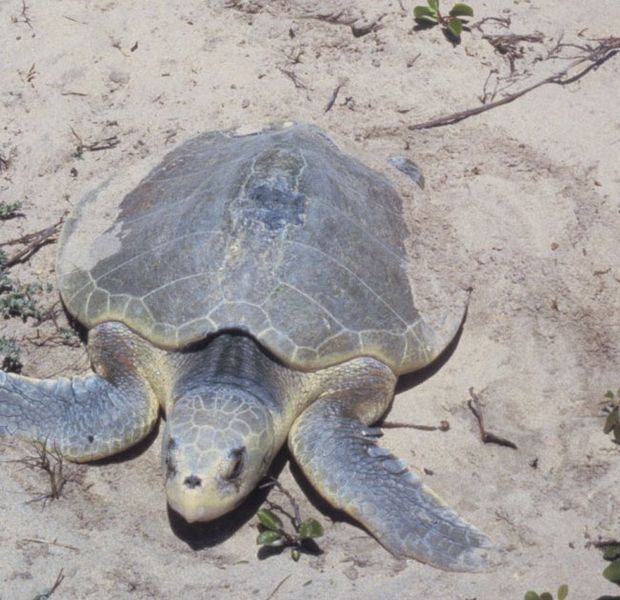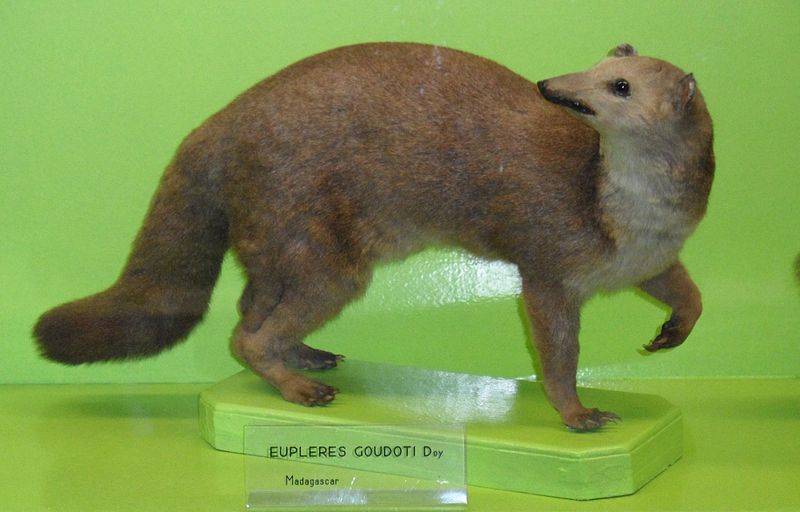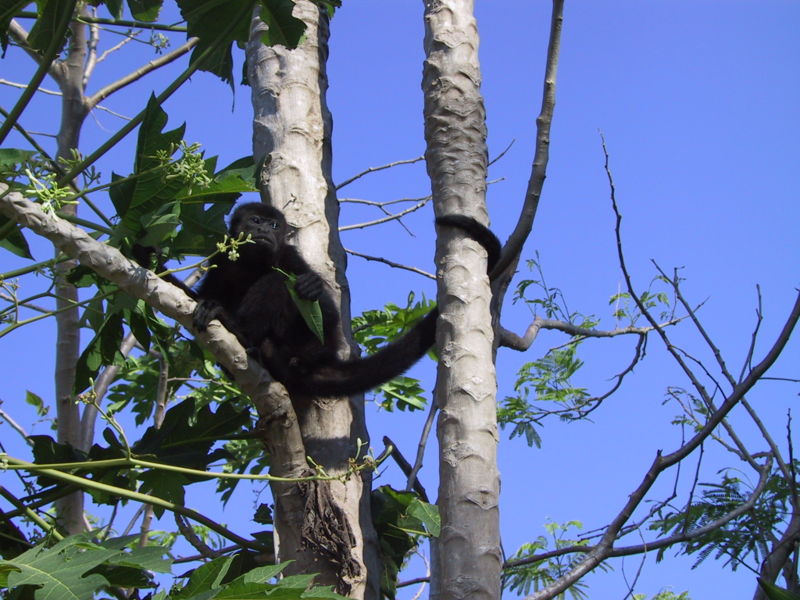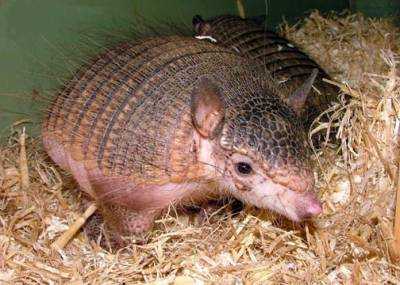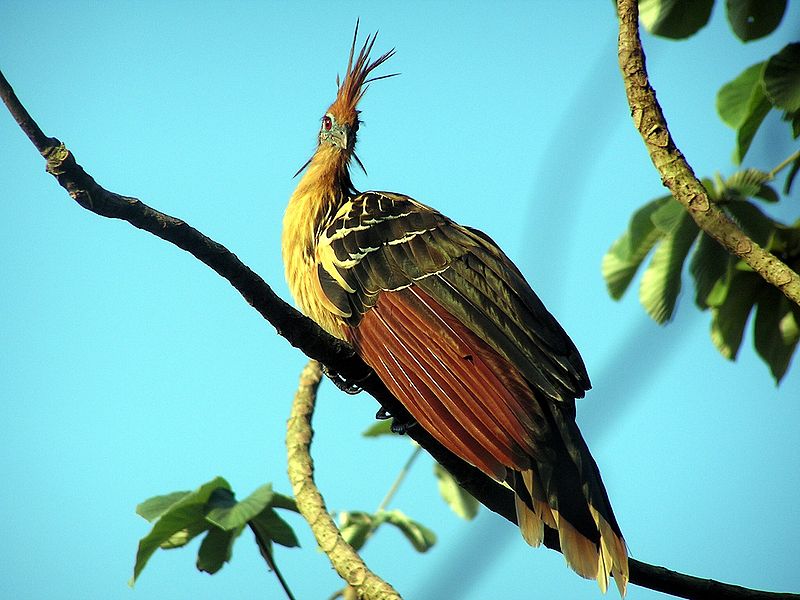
So here we are again, the last animal fact of the week. I really can’t believe how quickly this week has gone by but it is all good since we are approaching the long weekend. Don’t worry, there will be a wonderful, new Wild Fact on Monday. Actually, you are in for a treat next week since it will be a Themed Week of Wild Facts. Yep, I am heading out of town for the week so as usual we will look at animals that have “something” in common. But first, lets talk about a cool bird called the Hoatzin, which is also known as the Hoactzin (notice the “c”), the Stinkbird (my personal favourite name) and the Canje Pheasant.
Okay, so my first question is how in the world did this bird get the nickname “Stinkbird”? As you may have guessed, the Hoatzin happens to smell quite badly. Shocking, right? We are not sure what causes this stench but scientist believe it has something to do with their feeding strategy. You see the Stinkbird has an unusually large crop, which allows their vegetation to actually ferment. I wonder if they are making beer? Anyway, it is most likely fermenting leaves that causes this wonderful odour that lead to the name, Stinkbird. Either way, I feel bad for the poor bird. It is like he is getting picked on by his Grade 6 classmates.

Besides the weird digestive system, the Hoatzin has another unusual quality. The young birds are actually born with claws on two of their wing digits. Perhaps this is for defending themselves against other animals that make fun of their raunchy stench. Actually, these claws help the baby Stinkbirds grab onto branches as they stumble about. Although, they had better learn to take care of themselves quickly since the mother usually abandons them about 10-14 days after birth. This is pretty quick amongst the bird world. I guess the Hoatzin has no problem being different from other birds.
Hoatzin Fast Fact – If you want to catch a glimpse of these incredibly unusual birds then you need to book a ticket to check out some of the swamps and mangroves in the Amazon Forest, which of course is in South America.
Well there you have it, another week of Wild Facts are in the books. We are rapidly approaching the half-way mark, which is unbelievable! Have a great weekend folks and I will see you on Monday.

